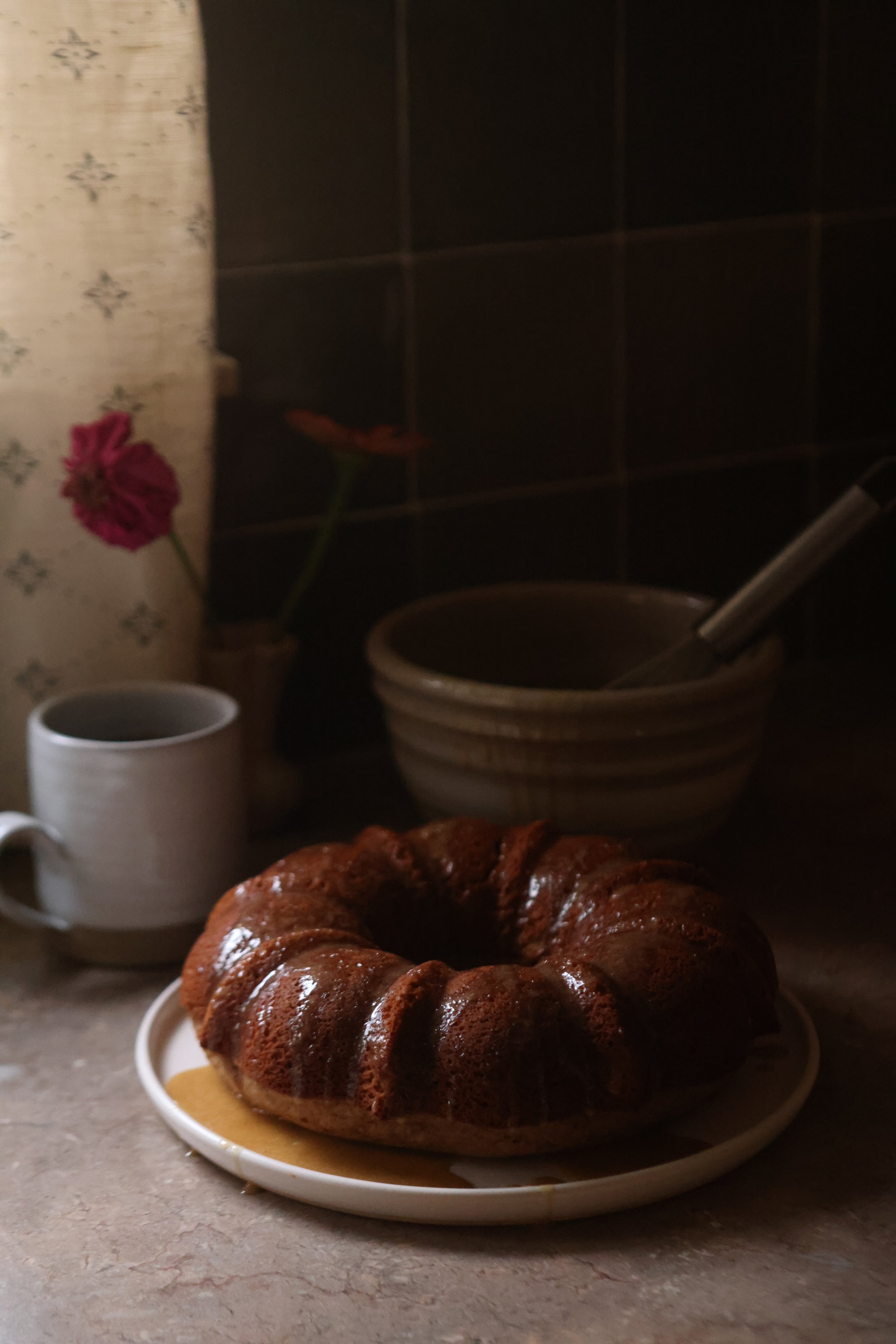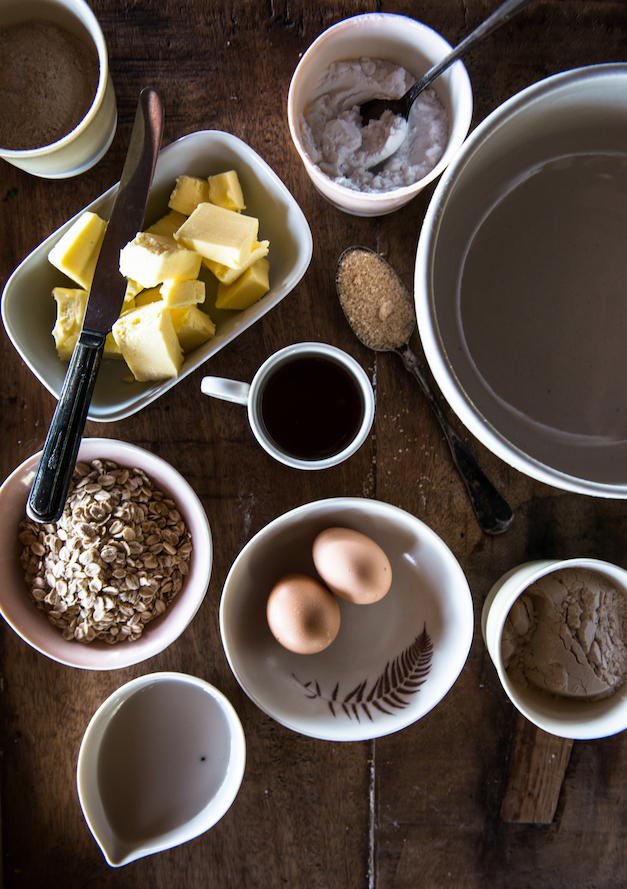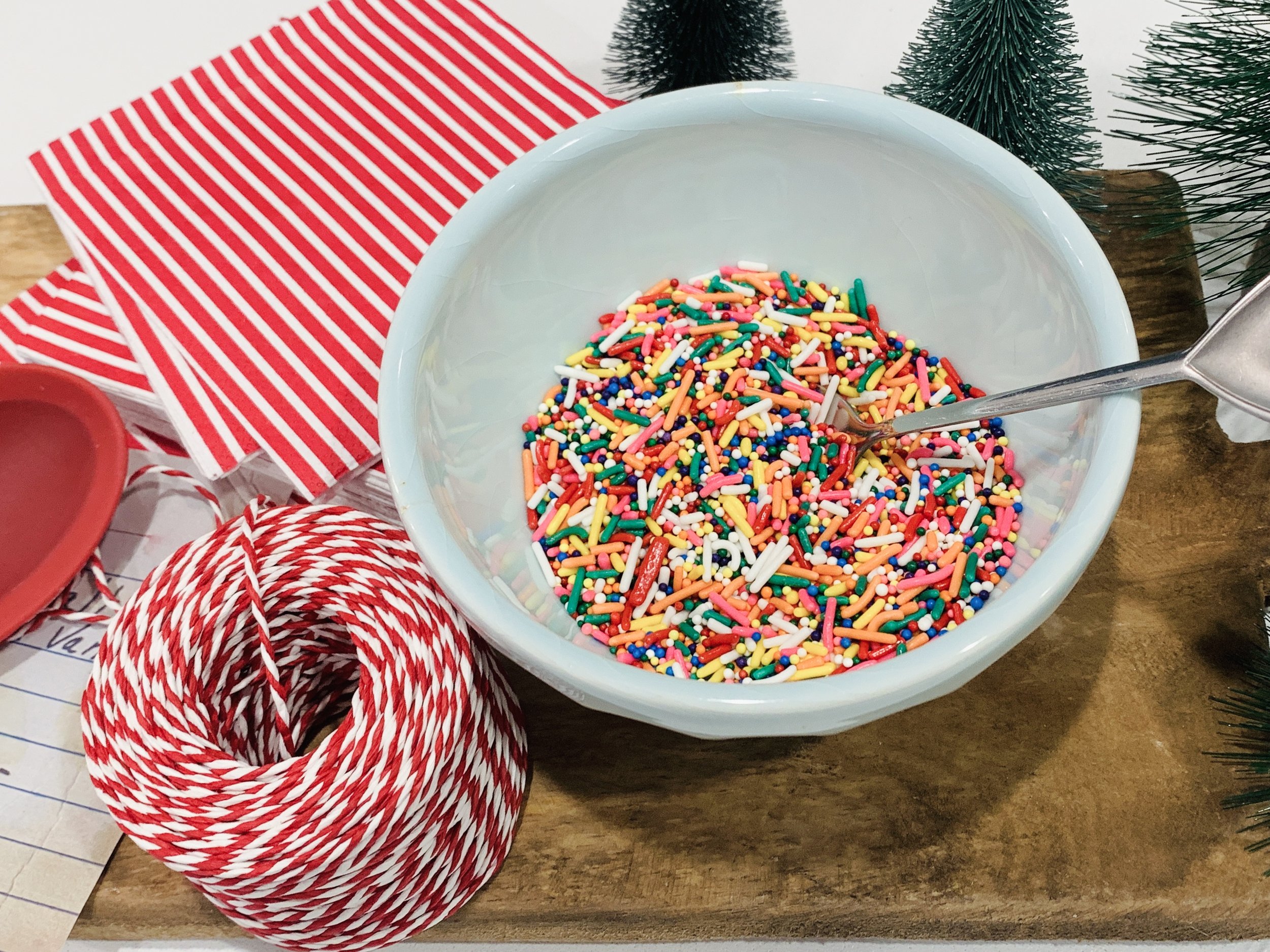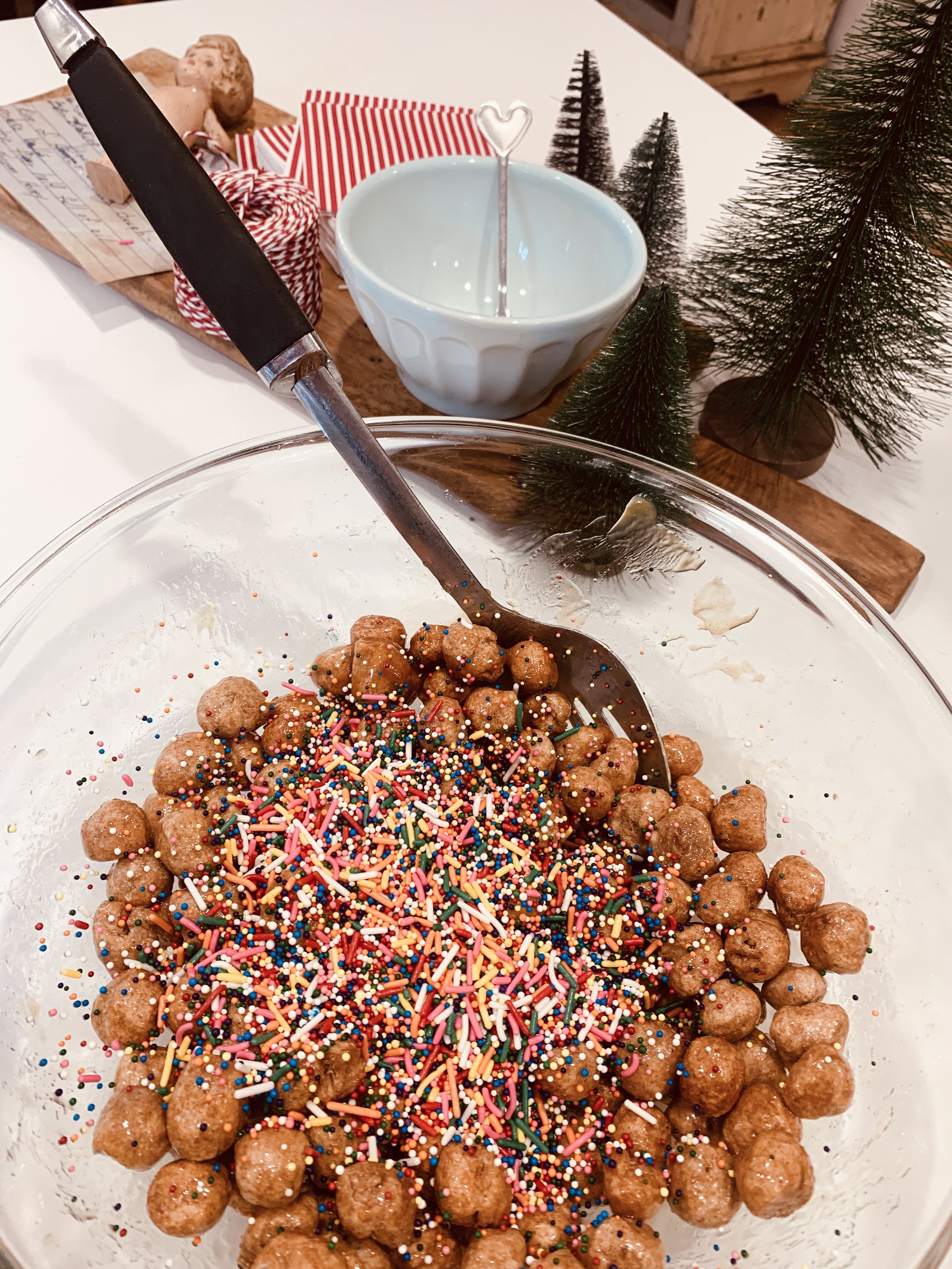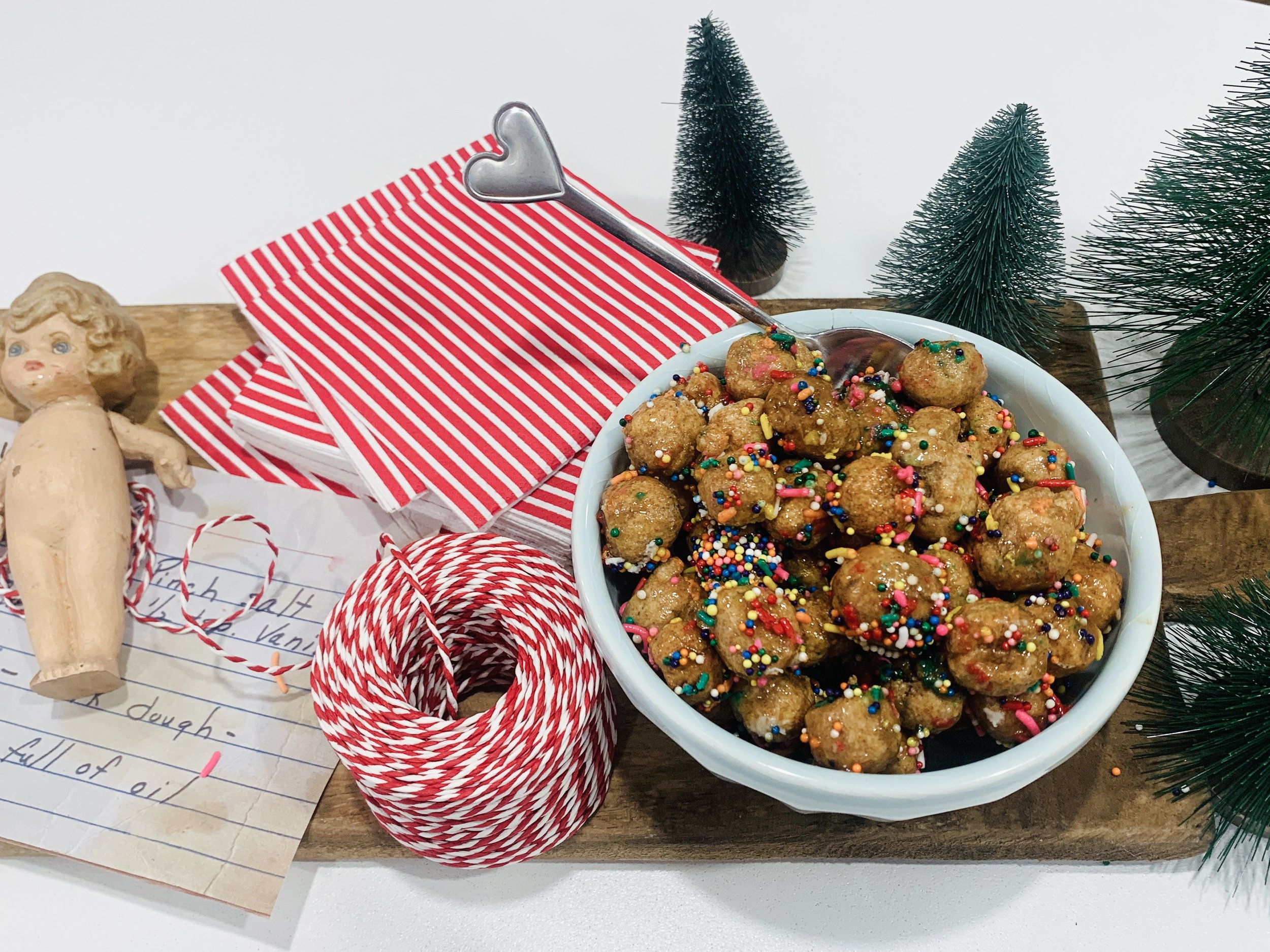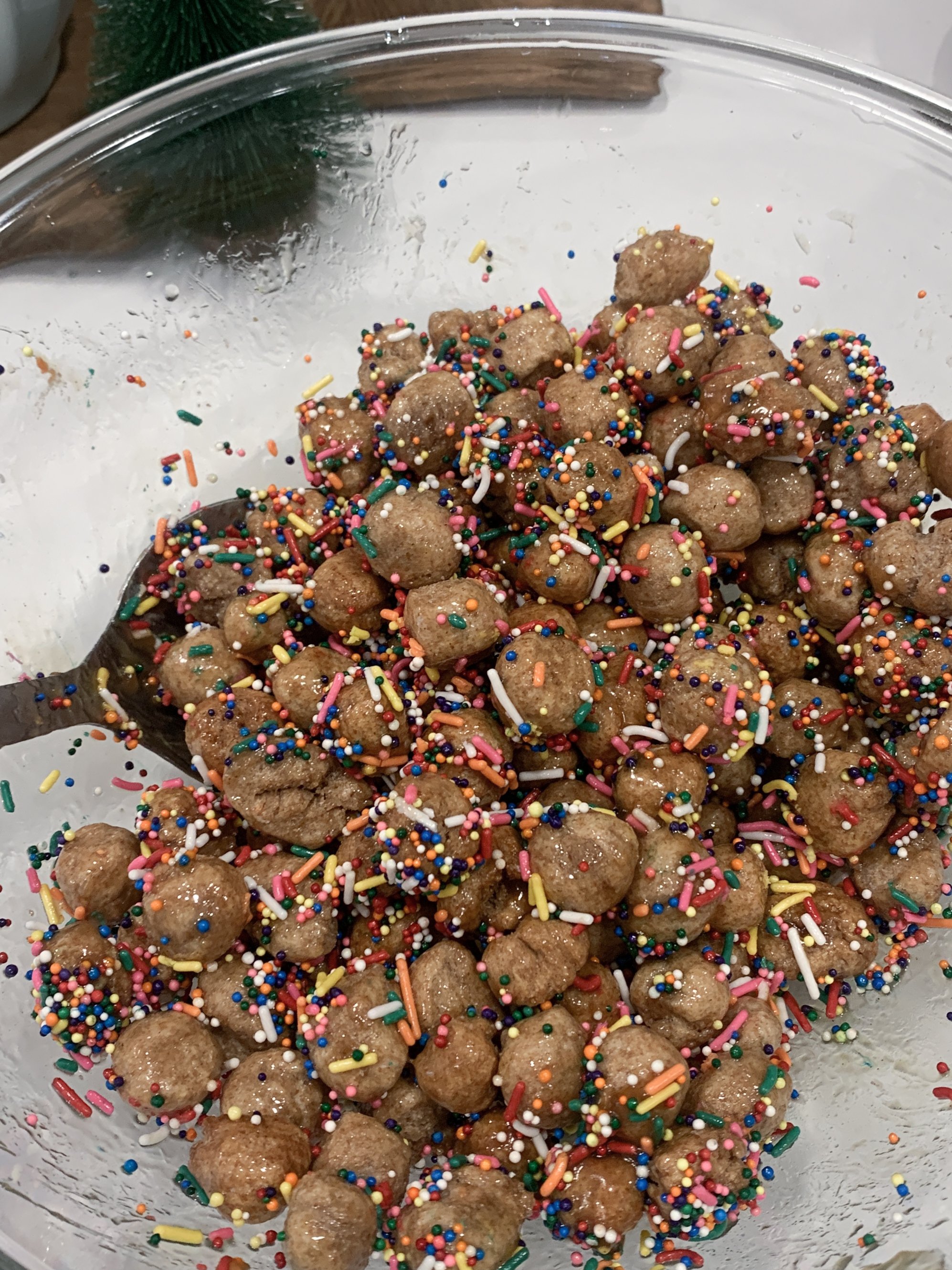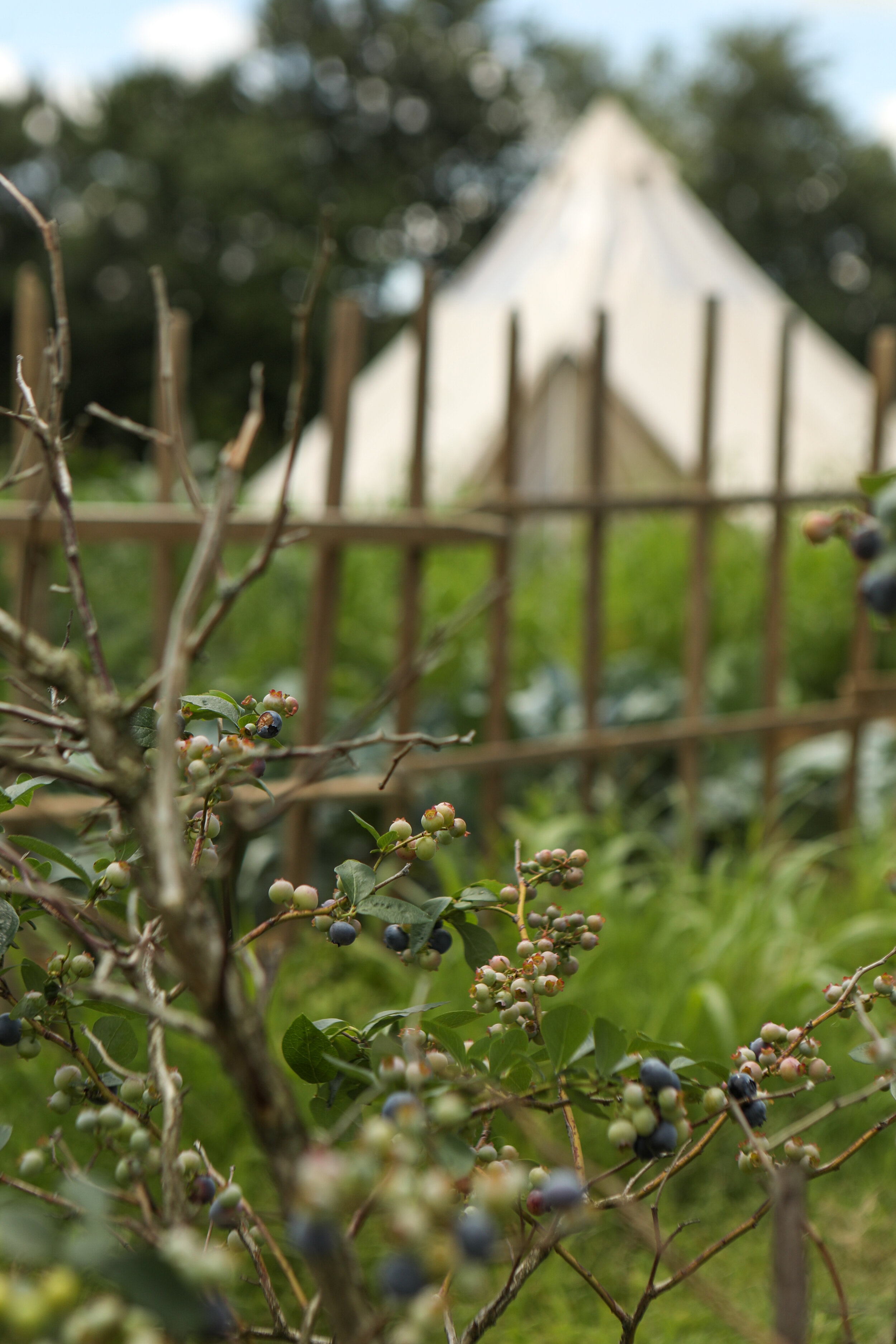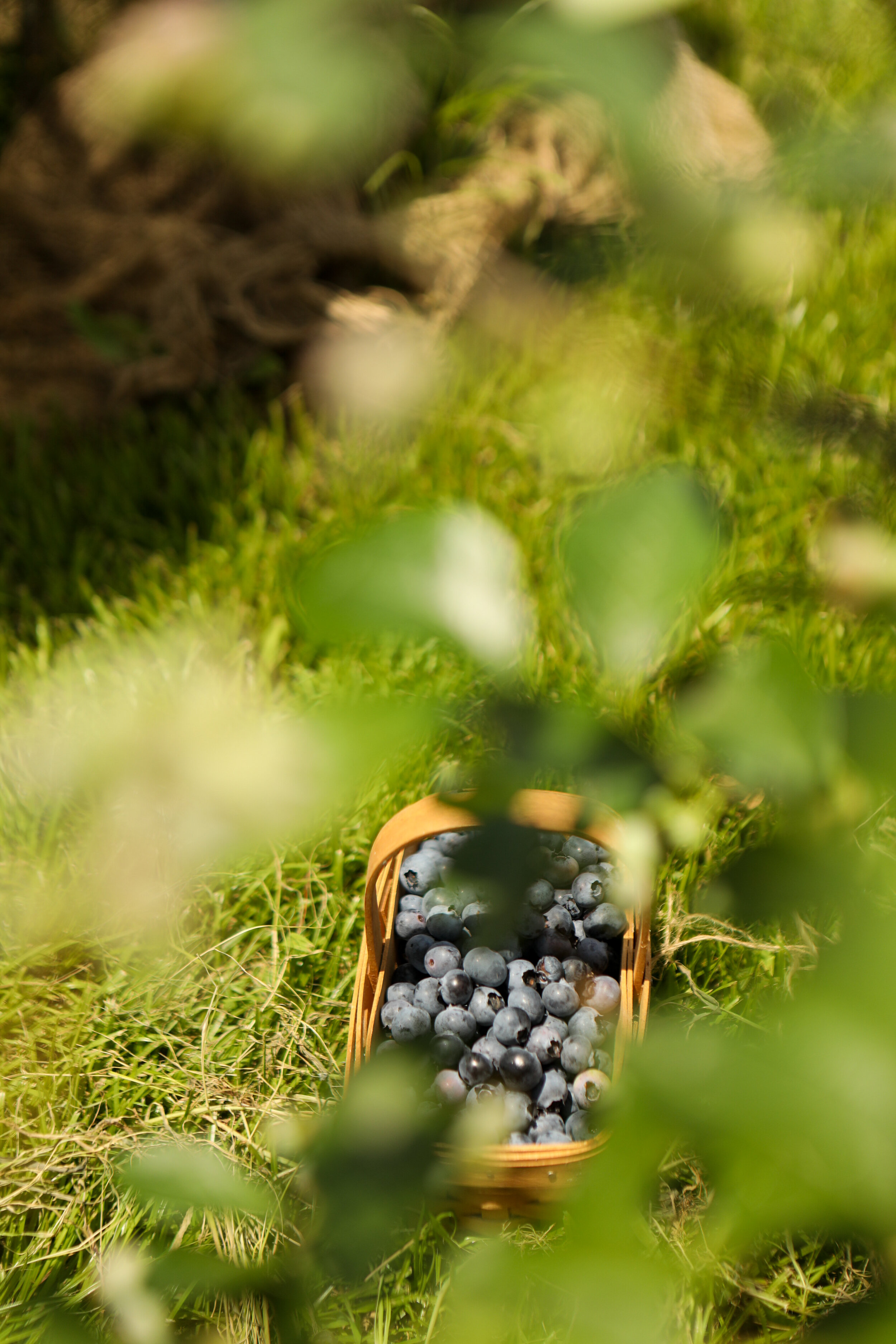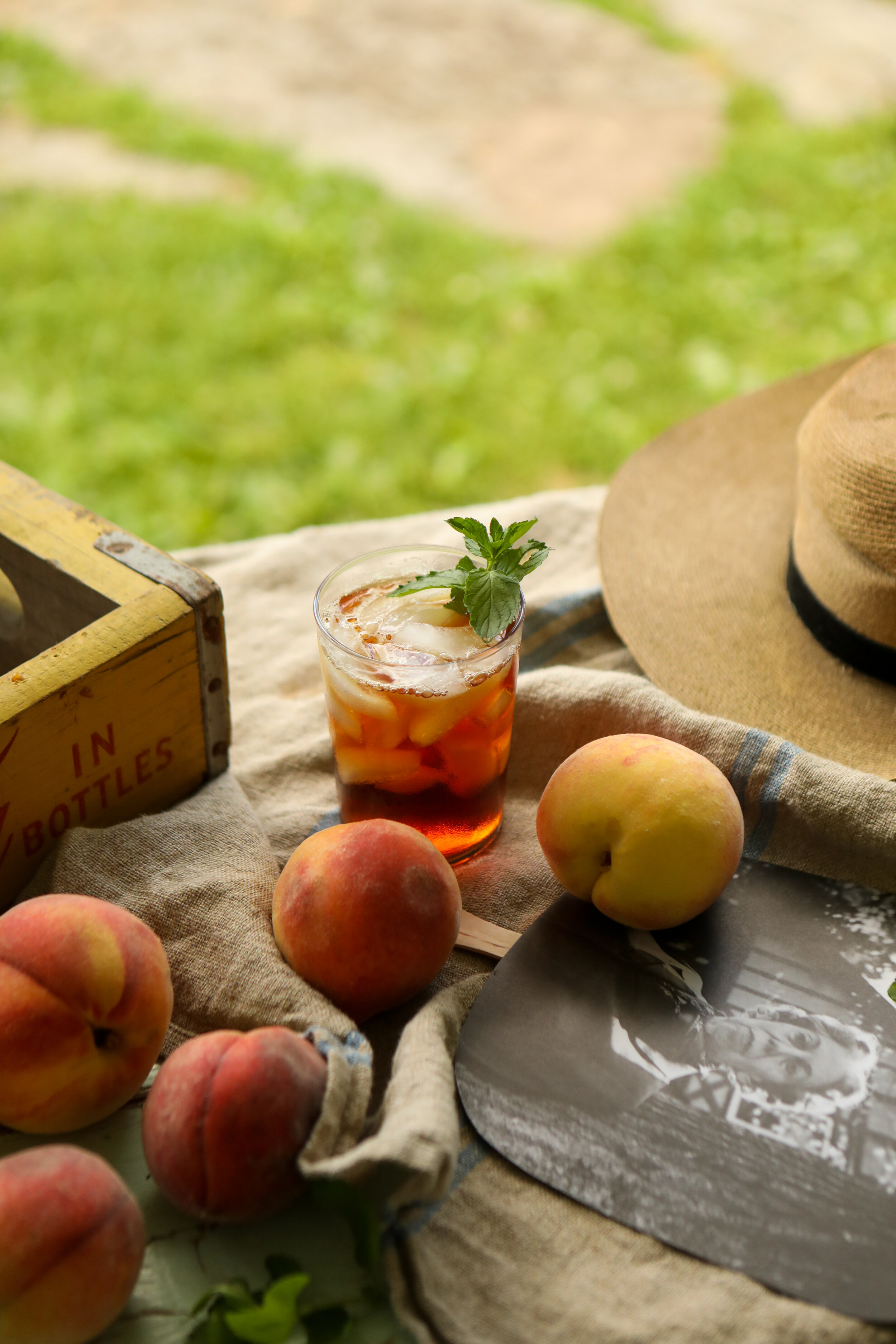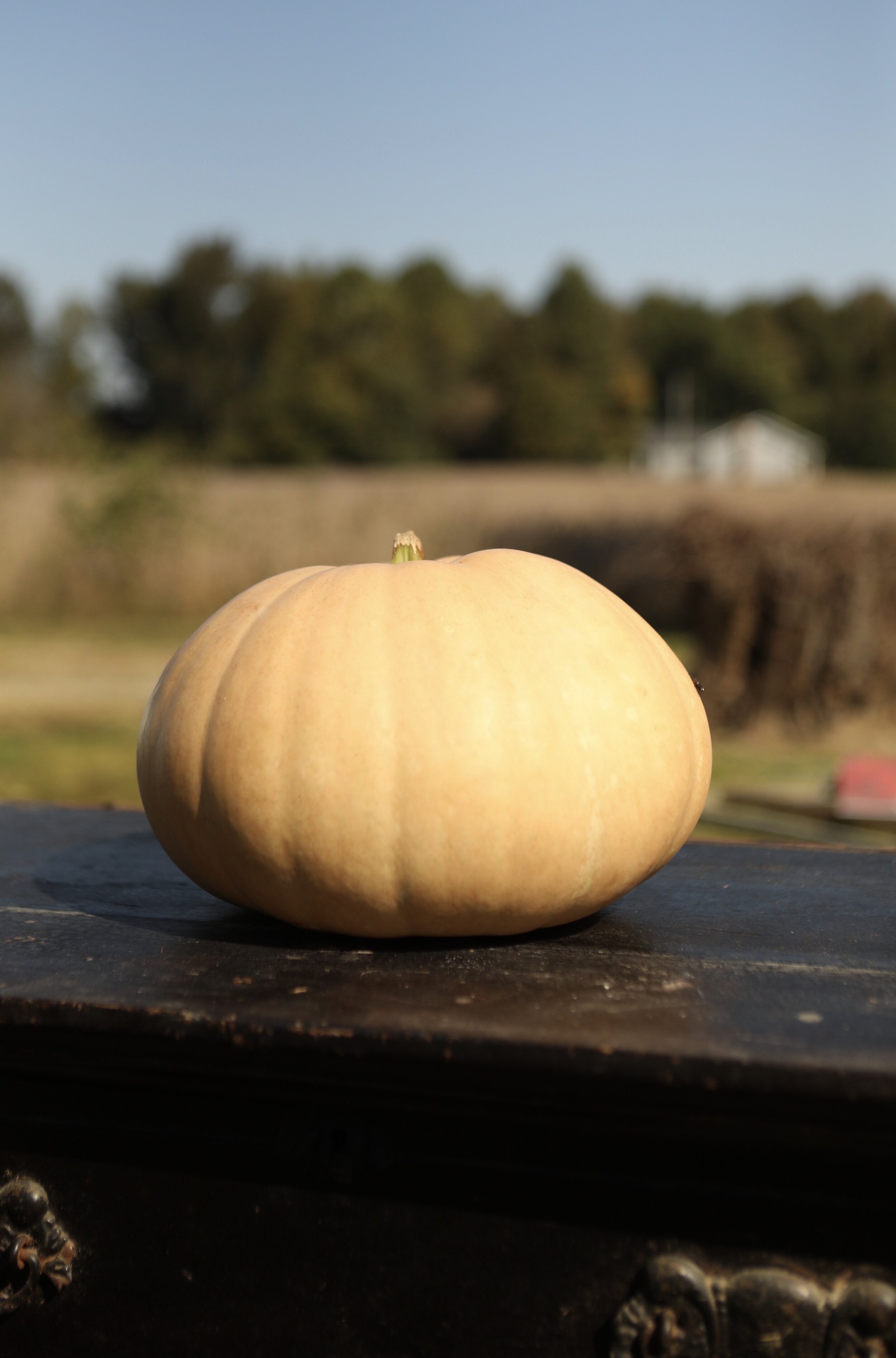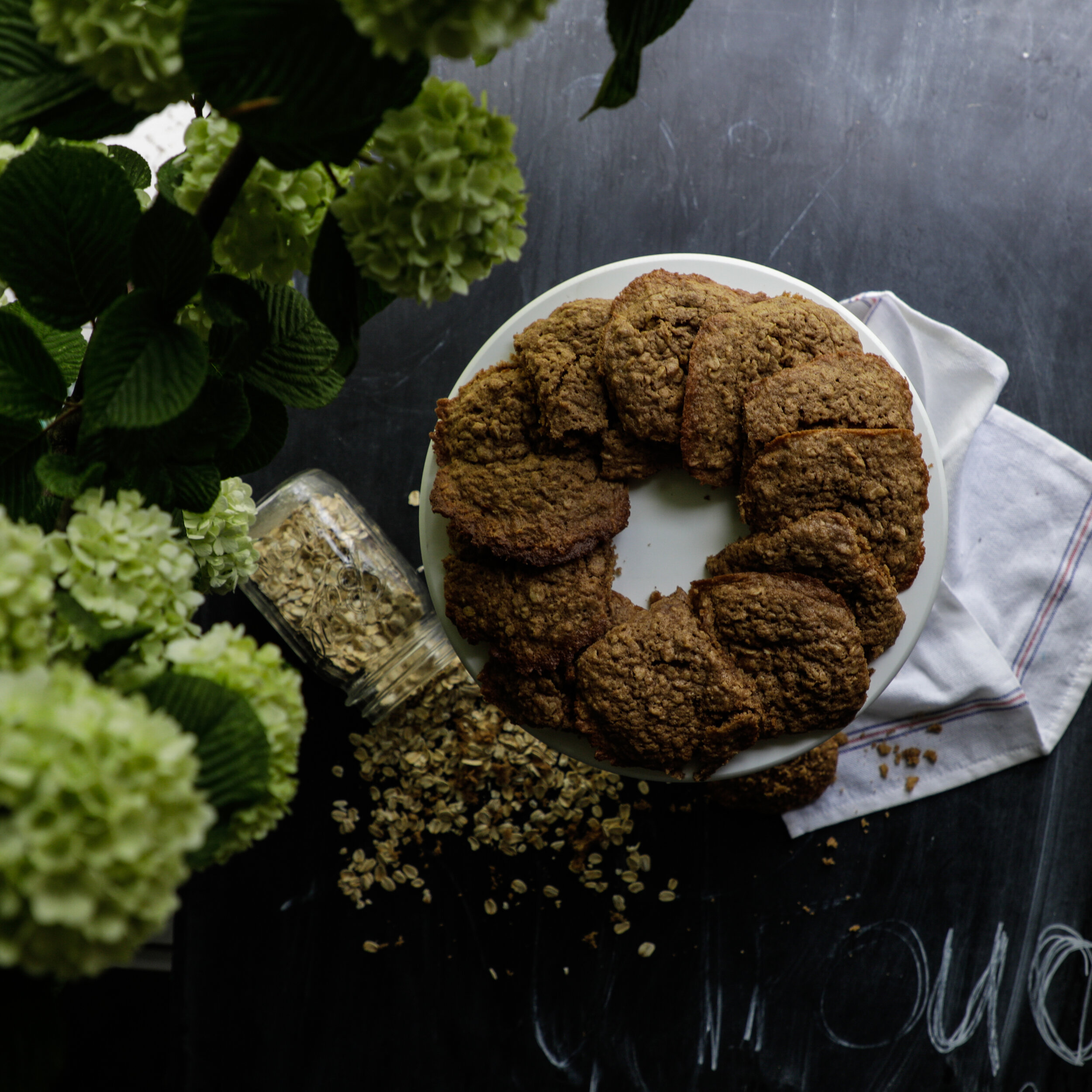CHOCOLATE & PEPPERMINT BARK
Ingredients:
12 ounces semi sweet chocolate (chips or bars)
Chopped old fashioned peppermint candy sticks and/or candy canes
Holiday themed sprinkles
Directions:
Prepare a baking sheet with parchment paper and set aside.
Melt the chocolate in a microwave-safe bowl using 30-second increments. Stir after each increment. When the chocolate is nearly all melted remove it from the microwave and continue to stir until it becomes smooth and glossy.
Pour the melted chocolate onto your prepared baking sheet and smooth it out until desired thickness is achieved.
Sprinkle the peppermint candies and sprinkles evenly over the melted chocolate. You may need to lightly press in some of the ingredients.
Allow the chocolate to cool at room temperature for 3-4 hours before breaking. You can also place in the fridge for 30 minutes if you are in a pinch.
Once completely hardened, carefully break apart the chocolate using your hands. Store in an airtight container until ready to serve or gift!
CRANBERRY, ROSEMARY & ORANGE CAKE WITH ORANGE CREAM CHEESE FROSTING
Ingredients for Cake:
⁃3 cups of flour + more for dusting
⁃1/2 tsp of Baking Soda
⁃1/2 tsp of Baking Powder
⁃1/2 tsp of Salt
⁃Zest of 3 oranges
⁃Juice of 1 orange
⁃Zest and juice of 1 lemon
⁃3/4 cup of buttermilk
-2 cups of cranberries
-2 sticks of butter (1 cup) at room temperature
⁃2 cups of sugar
⁃2 tsp of vanilla
⁃5 eggs
⁃2 tbs of fresh rosemary
Ingredients for Icing:
⁃2 cups of confectioners sugar
⁃4 oz. cream cheese at room temperature
⁃1/2 tsp vanilla extract
⁃3 tsp freshly squeezed orange juice.
Directions for Cake:
Preheat the oven to 350°.
Grease and flour your Bundt pan.
In a medium bowl combine 3 cups of flour, baking powder, baking soda & salt. In a small bowl combine the zest and juice of the oranges and lemon with the buttermilk. Set aside.
In a separate bowl add the cranberries and 2 tbs all purpose flour. Stir until all the cranberries are completely covered in flour. Set aside.
In your stand mixer cream together the butter and sugar until light and fluffy. Add in the vanilla. Add the eggs in one at a time. After all eggs are added turn the mixer off and scrape the bottom and sides of the bowl making sure there isn’t any unmixed butter and sugar.
With the mixer on low add the buttermilk and flour mixtures to your butter & sugar mixture by alternating between flour and buttermilk until both are gone. Add the rosemary in and mix until evenly distributed.
Take the cranberry and flour mixture and fold it gently into your batter. Make sure the cranberries are even throughout the batter but do not over mix.
Pour the batter into your greased bundt pan and bake for about 40-45 minutes, until a toothpick inserted in the middle of the cake comes out clean.
Allow the cake to cool in the pan for a minimum of 30 minutes. This is imperative to it coming out cleanly! After 30 minutes flip the cake out carefully onto a wire rack and allow to cool for another 30 minutes. While the cake cools you may prepare the icing.
Directions for Icing:
In a medium sized mixing bowl combine the confectioners sugar, cream cheese, vanilla and orange juice. Use an electric mixer on medium speed mixing thoroughly until icing is smooth and creamy. Add more juice 1/2 tsp at a time if the icing is too thick. Add powdered sugar in 1 tbs at a time if mixture is too runny. The consistency should be somewhere between a frosting and a glaze.
Spoon the icing evenly over the cake. It should spread nicely over the edges on its own.
FUDGE & ALMOND PINE CONES
Ingredients:
1 cup semi sweet chocolate chips
2 oz unsalted butter
Pinch of salt
7 oz sweetened condensed milk (1/2 a standard can)
1/2 tsp vanilla extract
2 cups sliced almonds
Directions: In a heat safe bowl combine the chocolate chips, butter, salt, condensed milk, and vanilla. Using the double boiler method, heat your ingredients. Be careful not to let the water touch the bottom of your bowl. Stir constantly until all the chocolate has melted and the mixture is smooth.
Take off heat immediately and place mixture in fridge to cool for 20-30 minutes.
The mixture should hold its form but still be moldable.
Form the chocolate mixture into a cone shape and place it on parchment paper. Begin sticking almonds into the bottom of the cone. Move your way up placing each row behind the next in an overlapping pattern until you reach the top. Place the finished pine cone in the fridge to set up for a minimum of 1 hour! Makes 15 pine cones! Recipe Can easily be doubled.
